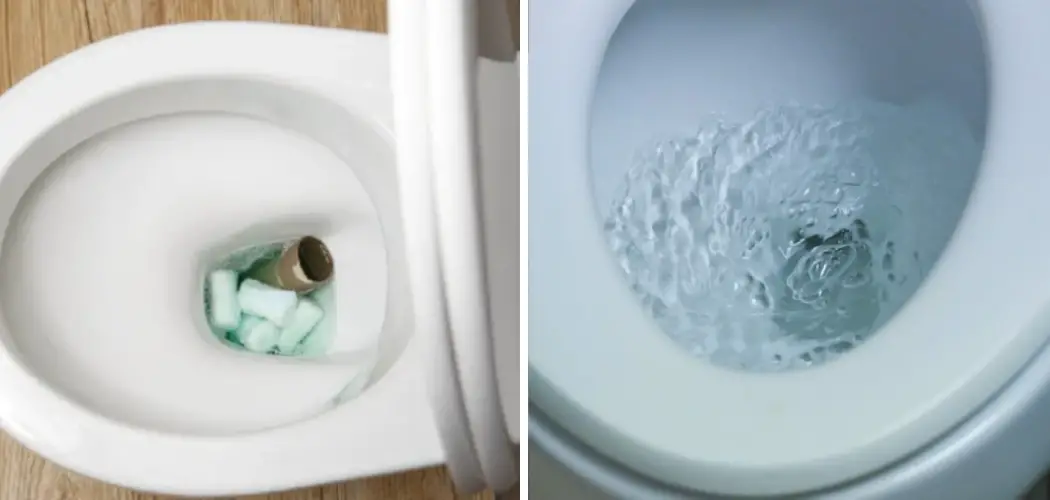When it comes to feminine hygiene, many women may not think twice about flushing their tampons down the toilet. After all, it seems like a convenient and discreet way to dispose of them. However, this seemingly harmless act can lead to major problems in your plumbing system.
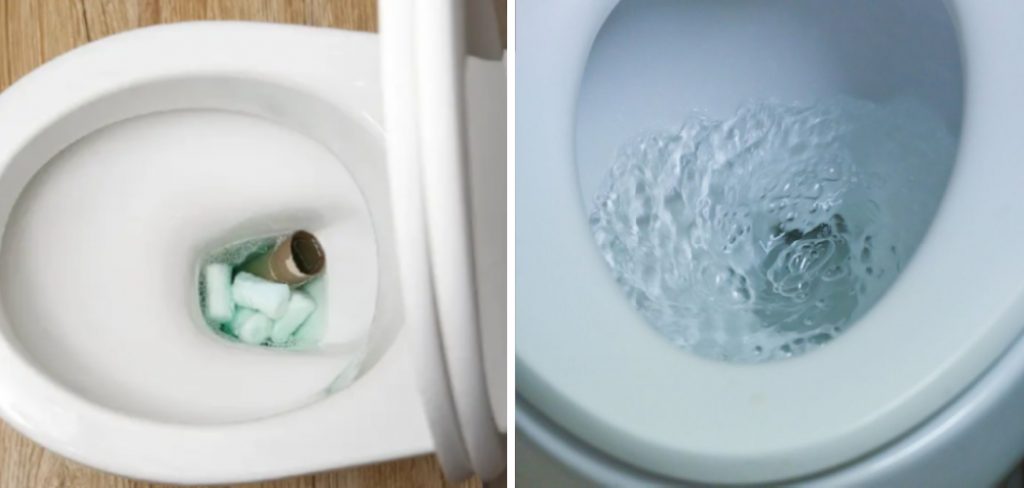
The main advantage of dissolved tampons in pipes is that it can help prevent clogs and backups in your plumbing system. When tampons are flushed down the toilet, they can get caught on other debris and build up over time, causing blockages. By dissolving them properly, you can avoid costly repairs and potential damage to your pipes. You can find step-by-step instructions on how to dissolve tampons in pipes in this blog article.
Step-by-step Instructions for How to Dissolve Tampons in Pipes
Step 1: Inspect the drains
Inspect the drains in your home to identify where the tampons are stuck. This will help you determine which method is best to dissolve them. If the tampon is near the surface and easily accessible, use a plunger to dislodge it from the pipe. Once removed, flush water down the drain to ensure it is cleared.
Step 2: Boil Water
Boil a pot of water to pour down the drain. The hot water will help dissolve the tampon and clear any blockages. Mix equal parts baking soda and vinegar in a cup. These two ingredients create a chemical reaction that can loosen tampons from the pipe walls.
Step 3: Pour the Mixture Down the Drain
Pour the baking soda and vinegar mixture down the drain. Let it sit for 30 minutes, then flush with hot water. If the tampon is deeper in the pipes, use a plumbing snake to push through and break up any blockages caused by the tampon.
Step 4: Try a Commercial Drain Cleaner
If the above methods do not work, try using a commercial drain cleaner specifically designed to dissolve organic materials like tampons. Enzyme-based cleaners are another option for dissolving tampons in pipes. These cleaners use natural enzymes to break down and dissolve organic materials.
Step 5: Avoid Harsh Chemicals
Avoid using harsh chemicals like bleach or drain cleaners with strong acids, as they can damage your pipes and be harmful to the environment. If all else fails, call a professional plumber and ask them to use a specialized plumbing snake to remove the tampon from your pipes.
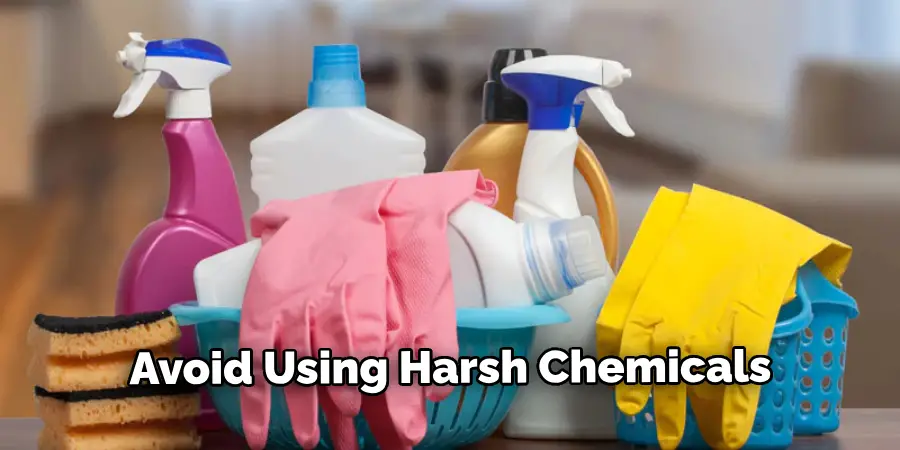
Step 6: Prevent Future Blockages
To prevent future blockages, make sure to properly dispose of tampons by wrapping them in toilet paper and throwing them in the trash instead of flushing. Consider switching to a menstrual cup instead of tampons. Menstrual cups are reusable and do not create blockages in pipes.
By following these easy steps, you can effectively dissolve tampons in your pipes and prevent any future plumbing issues. Remember to always prioritize proper disposal of feminine hygiene products to keep your pipes and the environment clean.
Safety Tips for How to Dissolve Tampons in Pipes
- It’s important to wear gloves when working with chemicals like bleach and vinegar. This will protect your hands from any potential burns or irritation.
- When working with chemicals, it’s always best to use a mask to avoid inhaling strong fumes. Make sure the mask covers your nose and mouth properly for maximum protection.
- Remember to always read the labels on any products you use. Some chemicals can have harmful reactions when mixed together, so it’s important to know what ingredients are in each product.
- Never pour boiling hot water directly into your pipes as it can cause them to crack or burst. Always let the water cool down before using it in your pipe cleaning process.
- Avoid using harsh chemicals like drain cleaners, as they can actually damage your pipes over time. Stick to natural and gentle solutions.
- Be sure to run cold water through your pipes after using any chemical or solution. This helps flush out any remaining residue and prevents clogging.
- Regularly clean and maintain your pipes to prevent buildup of debris and blockages. This will also help reduce the need for using harsh chemicals in the future.
- If you’re still unsure about how to properly dissolve tampons in pipes, it’s always best to consult a professional plumber for assistance. They have the knowledge and experience to safely handle any plumbing issues. Remember, your safety is top priority when working with chemicals and pipes.
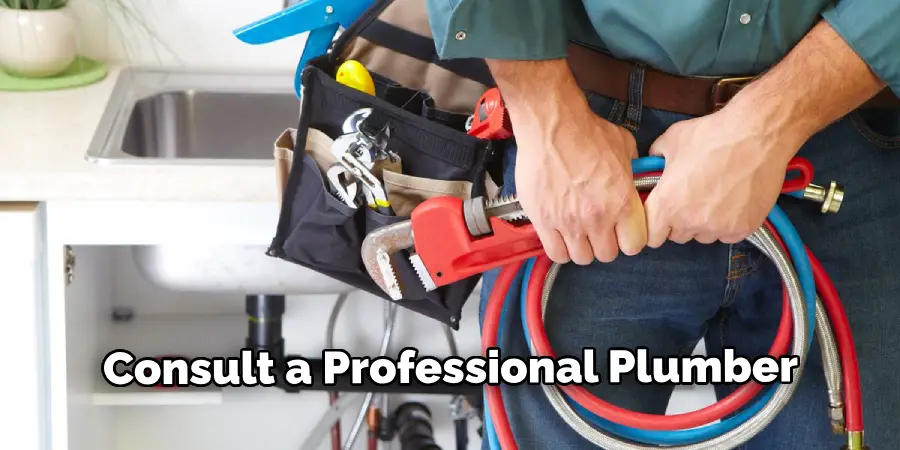
What Methods Can Be Used to Dissolve Tampons in Pipes Without Causing Damage?
Here are a few options to consider:
1. Enzyme-Based Drain Cleaners
Enzyme-based drain cleaners contain specific bacteria and enzymes that break down organic waste such as tampons, without the use of harsh chemicals. They are safe for pipes and septic systems, making them a popular choice for dissolving tampons in pipes.
2. White Vinegar and Baking Soda
A mixture of white vinegar and baking soda can also be used to dissolve tampons in pipes. Simply pour 1 cup of baking soda down the drain, followed by 1 cup of white vinegar. Let the mixture sit and fizz for about 30 minutes, then flush with hot water.
3. Boiling Water
Boiling water is another simple and effective method for dissolving tampons in pipes. Carefully pour a pot of boiling water down the drain, taking care not to splash yourself or others nearby. You may need to repeat this process multiple times depending on the severity of the blockage.
It’s important to note that these methods may not completely dissolve tampons in pipes, but they can help break them down enough to pass through without causing damage. It’s always best to avoid flushing tampons in the first place, but if it happens accidentally, these techniques can be useful for resolving any resulting clogs.
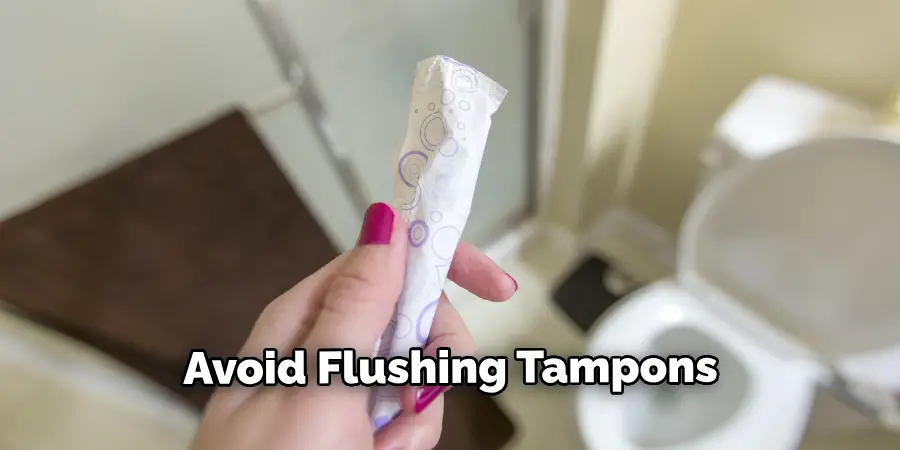
Are There Any Risks Associated With Dissolving Tampons in Pipes?
There are a few potential risks involved with dissolving tampons in pipes. While some may see it as an easy solution to disposing of them, it’s important to consider the consequences before doing so. First and foremost, the chemicals used in dissolving tampons can be harmful to both humans and the environment. Many commercial products contain harsh acids that can cause skin irritation and respiratory issues when inhaled. They can also be damaging to aquatic life and pose a threat to our water systems.
In addition, tampons are not meant to be flushed down the toilet, whether they are dissolved or not. When flushed, they can create clogs in your pipes or even larger blockages in the sewage system. This can lead to costly repairs and potential damage to the environment. Moreover, dissolving tampons in pipes may not always be effective. Depending on the material of your pipes and the strength of the chemicals used, some tampons may not completely dissolve and can still cause clogs. Overall, it’s important to weigh the risks before attempting to dissolve tampons in pipes. It may seem like a quick and easy solution, but it can have negative consequences for both your health and the environment.
How Can You Prevent Future Clogs Caused by Dissolved Tampons in Pipes?
One of the main concerns when it comes to dissolving tampons in pipes is the potential for future clogs. Tampons are not meant to be flushed and can easily get caught on any rough edges or buildup within the pipes, leading to blockages and backups. In order to prevent this from happening again, here are some tips to keep in mind. Firstly, it is important to properly dispose of tampons in a sanitary and responsible manner.
This means never flushing them down the toilet, but instead wrapping them up and throwing them away in designated trash bins. By doing so, you are not only preventing potential clogs in your own pipes but also helping to protect the environment.
Secondly, regular maintenance and cleaning of your pipes can greatly reduce the chances of future clogs. Consider using drain cleaning products or hiring a professional plumber to inspect and clean your pipes on a regular basis. This can help remove any buildup or debris that may have accumulated, making it less likely for tampons to get caught and cause blockages.
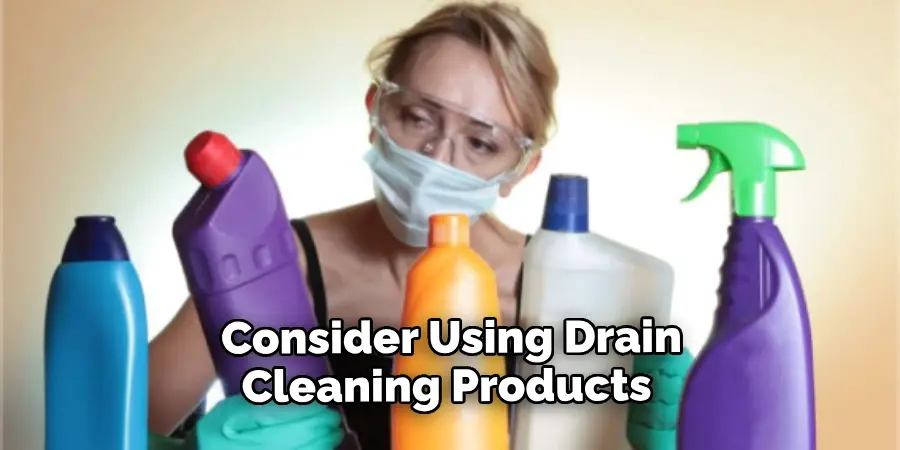
Another important factor to consider is educating those around you about proper tampon disposal methods. Many people may not realize the impact of flushing tampons and may continue to do so out of habit. By spreading awareness and promoting responsible disposal methods, you can help prevent future clogs in your own pipes as well as in public sewage systems.
Conclusion
In conclusion, we have discussed several methods on dissolving tampons in pipes, including using boiling water, vinegar and baking soda, and enzymatic cleaners. Each method has its own advantages and disadvantages, and it is important to carefully consider which one to use based on the severity of the blockage and the materials used in your plumbing system.
However, prevention is always better than cure when it comes to clogged pipes. By properly disposing of tampons and avoiding flushing them down the toilet, you can save yourself from the hassle and cost of dealing with a blocked pipe. Additionally, regular maintenance such as using drain guards and periodically flushing hot water down your drains can also prevent future blockages. I hope this article has been beneficial for learning how to dissolve tampons in pipes. Make Sure the precautionary measures are followed chronologically.

